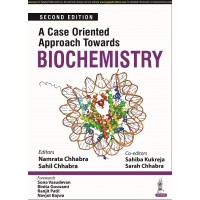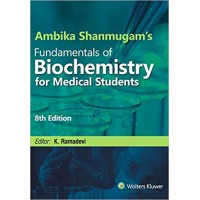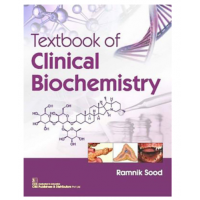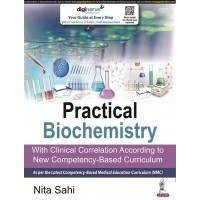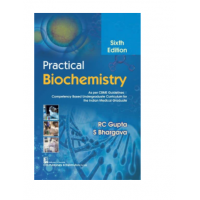Key Features
- Contains nine sections, inclusive of all core components of practical and clinical biochemistry.
- Each chapter further explains specific competencies, learning objectives, level of learning and learning domain involved in clinical and practical biochemistry.
- Basic laboratory principles: It would enable students to know about apparatus and equipment used in the laboratory, good and safe laboratory practice and waste disposal system in laboratory, quality assurance and quality control in clinical biochemistry.
- Qualitative and quantitative experiments and their clinical interpretation with early clinical exposure including case studies and viva voce questions.
- Self-directed learning exercises.
- As spotting is integral part of practical examination "Practical Spots in Biochemistry" segment has been included.
- Biochemical calculations and reference range for various biochemical parameters.
- Competency-based assessment include blueprinting for biochemistry practical exams, certifiable competency as per National Medical Commission (NMC).
- Attitude and communication skill development exercise including clinical lab visits and reflective writing


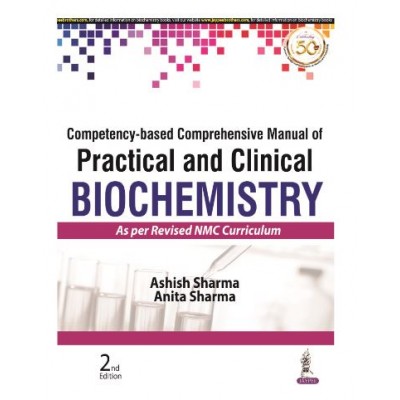
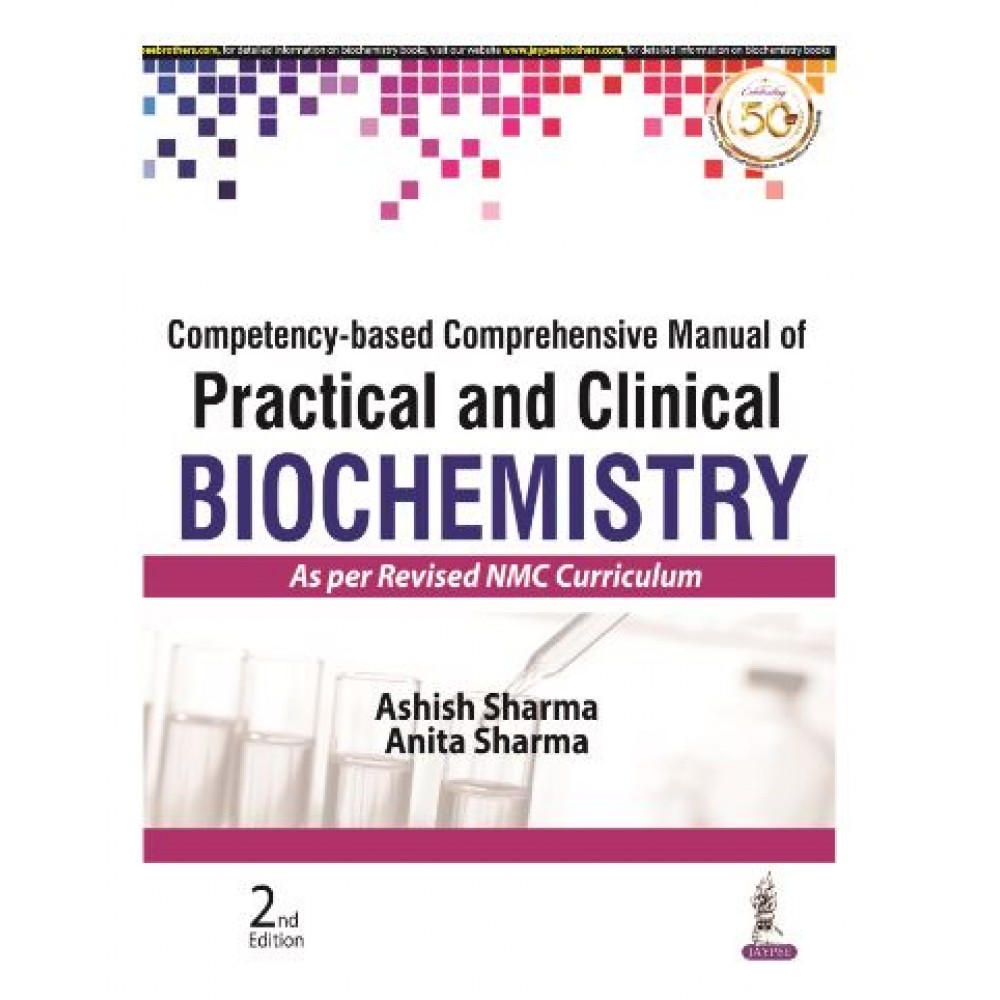
.jpg)
